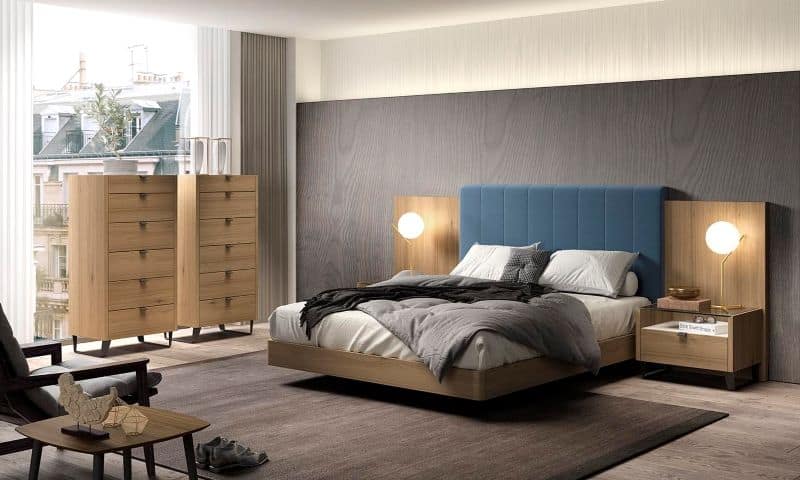Overpopulation, growing industrial pollution, problems of loss of biodiversity, or environmental or climatic changes are just some of the environmental concerns that arise to protect Mother Earth.
If we want to take the opportunity to recognize the value of the world in which we live, we must delve into an issue such as sustainability and how to go, step by step, getting closer to it and creating a sustainable home. Recognizing the importance of conserving nature is vital for the world as we know it to reach future generations.
Including measures that make our home more sustainable will not only benefit us – and our consumption – in the long run, but can help us protect the environment globally by slowing down the climate crisis in which we are immersed. So much so that large companies around the world have joined forces in an attempt to fight in favor of energy sustainability, promoting sustainable energy systems that also favor savings in the consumption of our homes.
These self-consumption solutions must also join other small gestures in our day-to-day that allow us to reduce our negative impact on nature and that help us improve our quality of life while protecting the planet. Here we leave you some of these little solutions that can help us reach the final goal.


In recent years, water has become a very precious commodity. Climate change puts the future of this good at risk, so optimizing its use is necessary. Tricks such as showering instead of bathing, turning off the tap while applying the shampoo or soap, reusing the water in the garden for irrigation, or reusing the water from the dryer for ironing, are just a few small gestures to keep in mind.
Recognized with numerous international design awards, the firm launched W + W, a system that combines washbasin and toilet using the water from the former in the discharge of the latter, becoming a cult piece within a sustainable design. In addition, its small size allows it to adapt to even the smallest bathrooms, optimizing space.
In the search for a more sustainable bathroom, we go one step further with thermostatic taps, aimed at reducing water waste and avoiding involuntary activation of the boiler, with the energy savings that this entails.


The production of wood furniture from locally managed and responsibly managed forests is becoming more and more important. In fact, so that the consumer can easily recognize which pieces of furniture meet these conditions and which ones do not, the FSC -Forest Stewardship Council- seal has been created, a certificate that guarantees the correct management of forest resources that end up being converted into different consumer products.
Fleeing from mass-produced furniture, firms have decided to produce local artisan furniture with natural oak or walnut veneers from sustainably managed forests.
Perhaps it is the best-known form of energy saving in the home. A way not only to save on the bill but also to minimize our impact on the environment since in some cases not only electricity consumption comes into play, but it also values water consumption, as is the case in washing machines and dishwashers.
A lot of companies are aware of reducing the energy footprint both in the production of their appliances and when advising users: remove all products from the refrigerator at the same time, lower the temperature of the refrigerator before purchasing to avoid excess energy loss, or select the automatic program of the washing machine or dishwasher, are just some recommendations to use our appliances responsibly.
This website uses cookies.